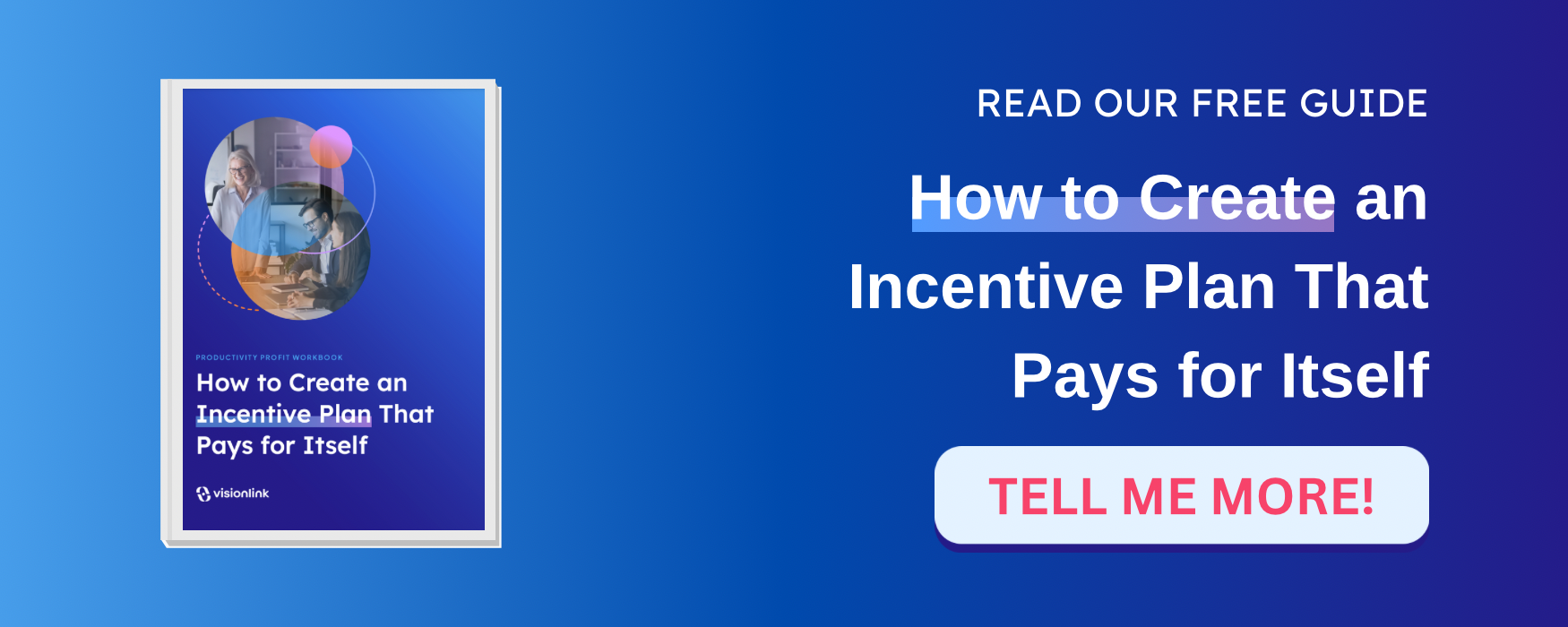
That’s a question VisionLink consultants are often asked. Sometimes, it’s framed a little differently, but the core issue is the same: “What results have your clients achieved because of the LTIP you designed for them?” “How do you determine whether it’s worth the time and expense to create a plan?” “If I put in a long-term incentive, will I gain more value than I will lose?” In each case, chief executives are looking for evidence that long-term value-sharing is justified.
The questions are natural and reasonable. If you lead a business, you don’t want to throw money at something that doesn’t result in a real return for shareholders. And if it doesn’t improve shareholder value, you wonder if you should be doing it at all. (By the way, no, you shouldn’t.)
So, what is the answer to the question? If you install an LTIP, will it likely drive business growth?
The answer is yes…but verging on probably, with a possibility of maybe, and, in some cases, no. Feel better?
Sorry, I probably shouldn’t fool around with such a significant topic. But it is not as simple and straight forward as people considering a plan would like it to be. The answer is yes—but only if you understand the role a long-term value-sharing plan should play in your overall compensation offering and you do not too place unrealistic expectations on it to drive your company’s performance.
Here’s what I mean. An LTIP is not a magic wand you can wave to suddenly make all aspects of your business run the way they should and produce superior results. Finance, product development, marketing, sales, operations and so on all have to do their parts if you want to achieve sustained success, whether you have a long-term incentive or not. However, it has an important role in creating the culture you need to drive enduring results.
So, with that disclaimer in place, let’s break down the long-term incentive plan’s role and why it should be considered an essential part of your growth strategy.
From Whence Cometh Company Growth?
Businesses find success when they have a product that a critical mass of people finds essential for a job they need to do—and they develop, price and deliver it better than their competitors. In other words, they gain and maintain a competitive advantage.
Sounds easy enough, right? Hardly. But let’s follow the “bouncing ball” to see where this opening statement takes us. Let’s reverse engineer that outcome and discover what elements are at play that lead to it, and how they fit together.
Sustained success is the product of a high-performance culture that has a compelling vision, a unified purpose, a sound business model and strategy, well-defined roles filled by highly skilled people who have a clear understanding of outcomes and expectations, and a rewards strategy that reinforces the priorities and results the company needs to achieve. Exhausted already? Stay with me. Let’s see if we can show how these fit together and lead to a competitive advantage. There is an obviousness to the sequencing of those components that must be aligned if a company is going to become a leader in the marketplace. To understand the relevance of that sequencing, let’s break things down further.
Compelling Vision. Organizations will only be able to attract strategic leaders if those people are compelled by where the company is headed. However, this doesn’t just mean they feel good about the success they believe the company can achieve. It means they don’t believe the company will achieve its vision unless they—the highly skilled talent—is part of the company.
Unified Purpose. Beyond any monetary success uniquely talented people believe the company can achieve, they also want to be serving a worthy purpose. They want to know that people, communities, the environment or other entities will benefit (be improved) as a result of the business’s success. If they believe it will, they become more passionate about the financial growth of the company because it means the organization is expanding it’s ability to improve lives.
Business Model and Strategy. Developing a broad-based understanding of how the company produces and grows revenue, and how it goes about competing in the marketplace with its value proposition, connects a financial reality to the vision and purpose elements that motivate employee engagement.
Roles, Outcomes and Expectations. When people have clarity about how they should be applying their unique abilities, feel empowered to impact strategy and know what outcomes they are expected to achieve, they adopt a stewardship mindset towards their roles. They view things with an owner’s mindset and assume accountability. This is when great things start to happen in an organization.
Rewards Strategy. In the context just offered, when a rewards strategy is aligned with all the elements just discussed, you achieve a unified financial vision for growing the business. This creates a sense of partnership between owners and employees which taps into the desire of top performers to unleash their best efforts. It also creates greater focus because effective rewards strategies bring clarity to priorities. Once strategic leaders know what their focus needs to be, greater execution results. As people consistently execute, a success pattern emerges. As success is sustained, a winning culture takes root and becomes a magnet for more of the skilled talent the company needs to further its growth.
When all of this comes together, you have achieved a competitive advantage—because success is rooted in your culture, and culture is not “copyable.”
The Role of an LTIP
“Okay fine,” you’re like thinking. “But can we get back to the LTIP?” Where does it fit in all of this?
You need to think about long-term value-sharing as an essential part of the framework and sequence just described. If any part of that construct, and the sequence leading to its creation, is either left out or is weak, then the whole thing falls apart. If top talent is not compelled by your vision or moved by your company’s purpose, they are not likely to join your organization. Similarly, if they are not clear about how the company drives, sustains and grows revenue, they will not understand how they impact it within their roles. And if the rewards approach of the company pulls people in a strategic direction that is at odds with any of those elements, then there is no sense of partnership because there is not a unified financial vision for growing the business.
As a result, the role of a long-term incentive plan is to communicate the importance the organization places on sustained results and value creation, not just short bursts of performance. It acts as an insurance policy against “bad profits”—those that show up on the balance sheet now but quickly disappear because they are produced by violating the business model or exploiting essential relationships (with customers, suppliers, the industry, the community, etc.).
In addition, long-term value sharing is what “catalysts” expect if they are going to produce for you. Catalysts are those people who can positively impact the growth trajectory of your business. Such individuals want to work in an environment where contributors benefit from the wealth multiple they help create for the business. This relies on a rewards philosophy that ties value-sharing to value-creation for both short and long-term performance periods. When people are treated like growth partners in every way—including in how they are paid—they perform like growth partners.
Remove an LTIP plan from your rewards strategy and you are left with an unbalanced approach to performance development. You are diluting the ability of your people to embrace your growth ambitions. When this happens, a lack of focus results and execution suffers. When execution becomes inconsistent, success stops being a sustained pattern.
So, yes, an LTIP can actually drive company growth. But not because it’s a magic elixir. Rather, because it’s an essential thread in the fabric from which a high-performance culture is fashioned.
Ready to Get Started?
When it comes to building a compensation strategy, you can trust that VisionLink knows what works and what doesn’t. We are ready to share that knowledge with you.
Stay Connected
Receive free, ongoing access to updates on compensation and talent trends, reports, events, and more.


